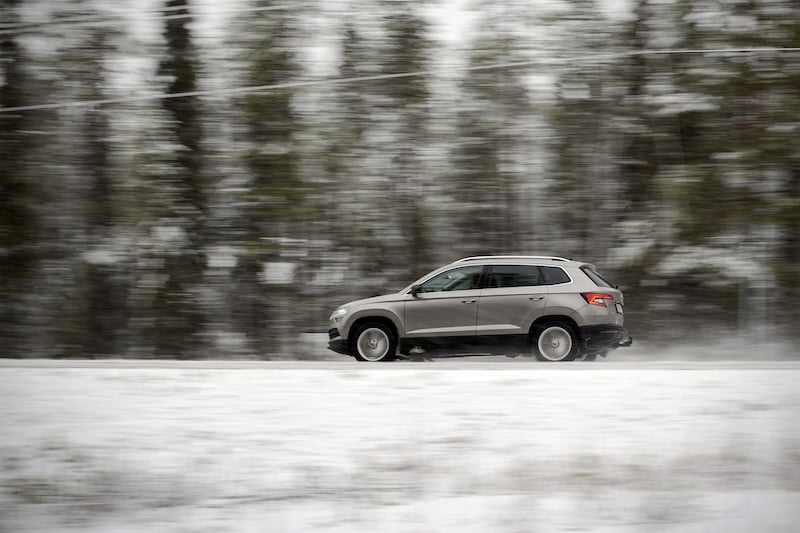Though this number has decreased from record highs in 2020, wildlife collisions remain a concern, with around 13,000 incidents annually.
"Although overall collision numbers have declined, they’re still high, especially with white-tailed deer and roe deer now highly active," says Panu Stromberger, Service Manager at Fennia. "Drivers should allocate extra time for travel, drive cautiously, and be mindful of slippery roads and limited visibility during early winter.”
Autumn is a peak time for deer and other wildlife movement due to seasonal migrations, mating, and hunting activities. In Finland, Uusimaa and Southwest Finland regions experience the most frequent wildlife accidents, particularly on roads that intersect with wildlife paths.
When a vehicle collides with an animal, the damage is often severe, impacting both the vehicle and the animal involved. While personal injuries are less common, large animal collisions carry a high risk of serious harm.
“Colliding with a large animal can have serious consequences. The vehicle might also swerve off the road while trying to avoid the animal, leading to a potentially severe accident,” Stromberger warns. Drivers should call emergency services at 112 after any wildlife accident, regardless of the damage level, as an injured animal may still pose a risk to others on the road.
The Costs of Wildlife Collisions
Most damage in wildlife collisions occurs at the front of the vehicle, with repair costs ranging widely, from hundreds to tens of thousands of euros. On average, damages reported to Fennia cost around €5,000, with last year’s total claims for wildlife-related accidents reaching €5.7 million.
For additional coverage, drivers can add collision insurance to help cover damages caused by evasive maneuvers that may lead to off-road incidents.
Tips to Reduce Collision Risks with Wildlife
- Stay alert and focused. Avoid driving while tired or at high speeds, especially in poor weather or darkness.
- Watch for warning signs. Deer warning signs indicate areas where collisions are more common. Exercise caution in these areas, as the risk of encountering wildlife is elevated.
- Be prepared during peak seasons. White-tailed deer are particularly active in late autumn, but other wildlife is also frequently on the move in the fall.
- If an accident occurs. Warn other drivers, check for injuries, call 112, and provide a clear location description.
HT





























